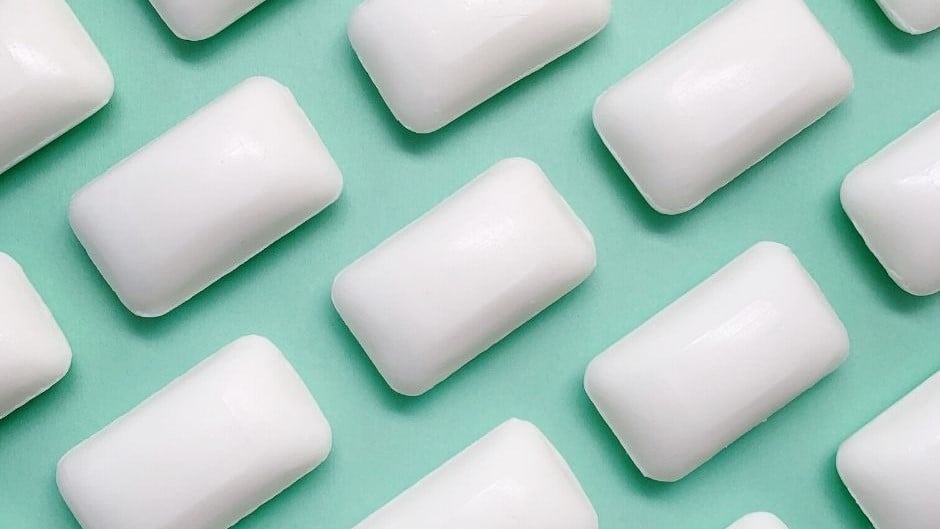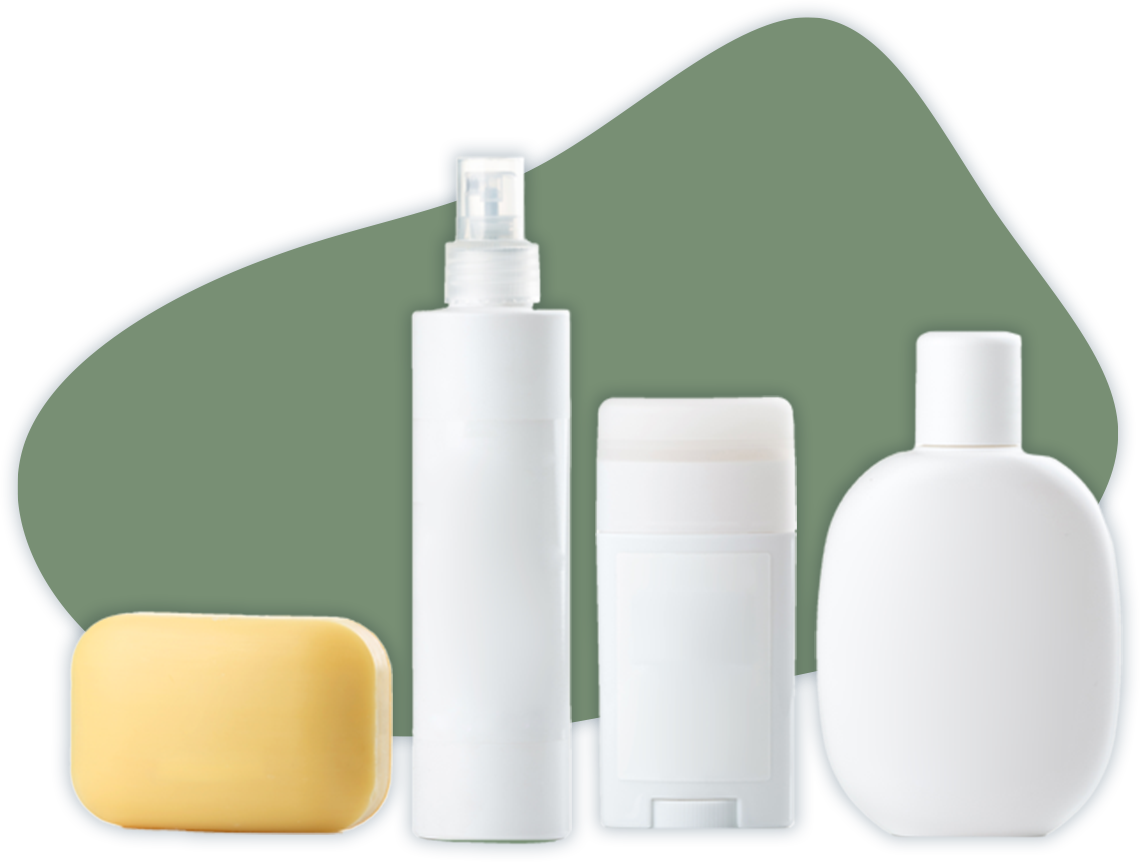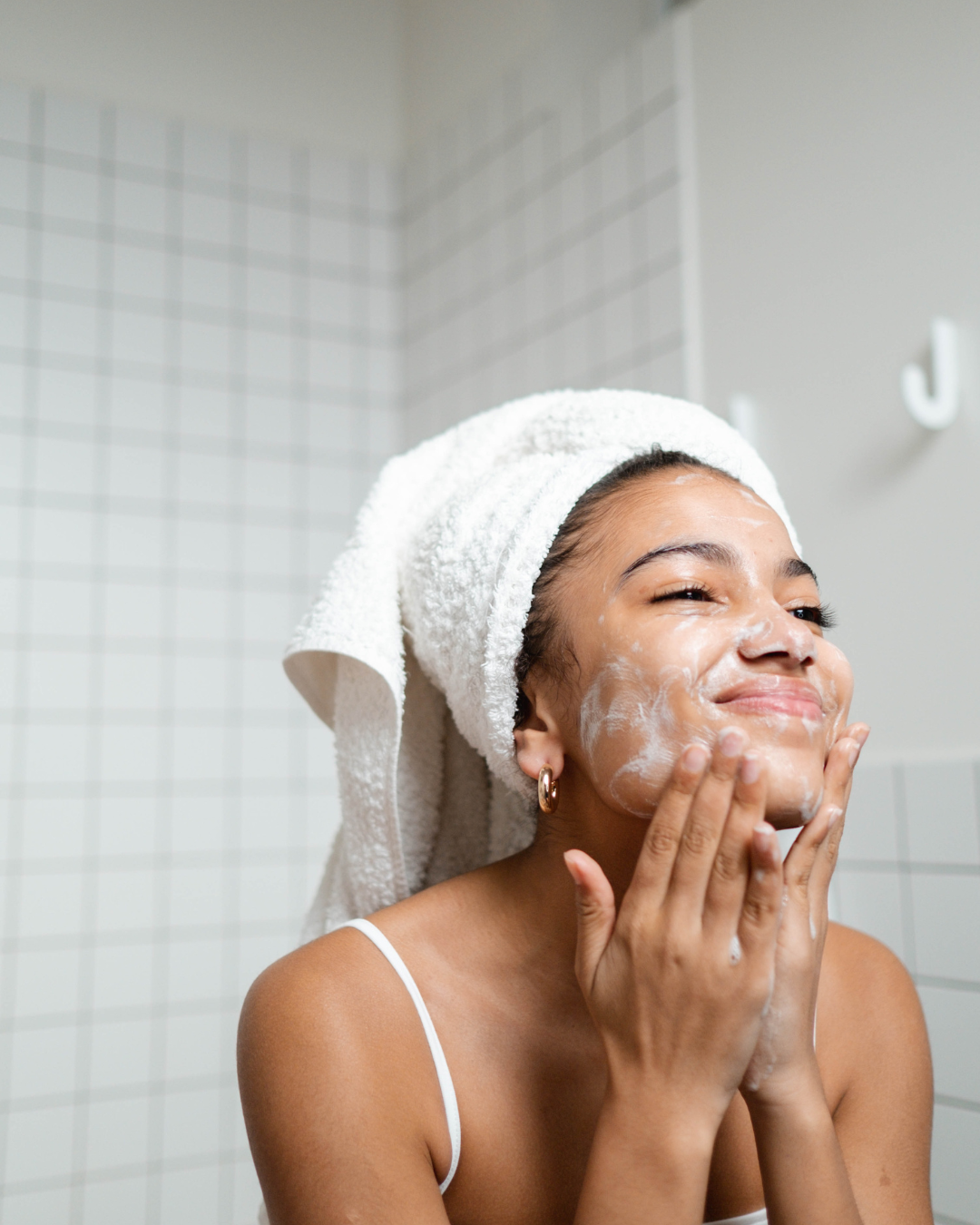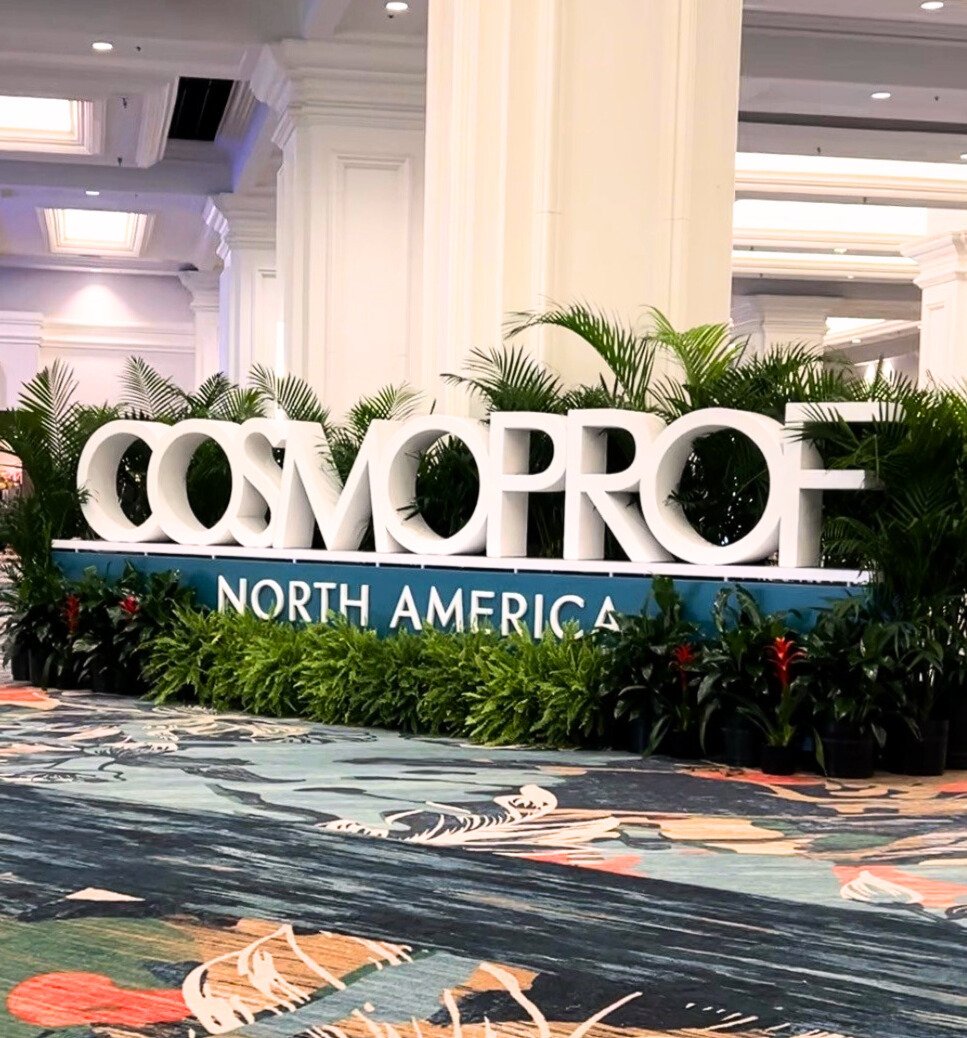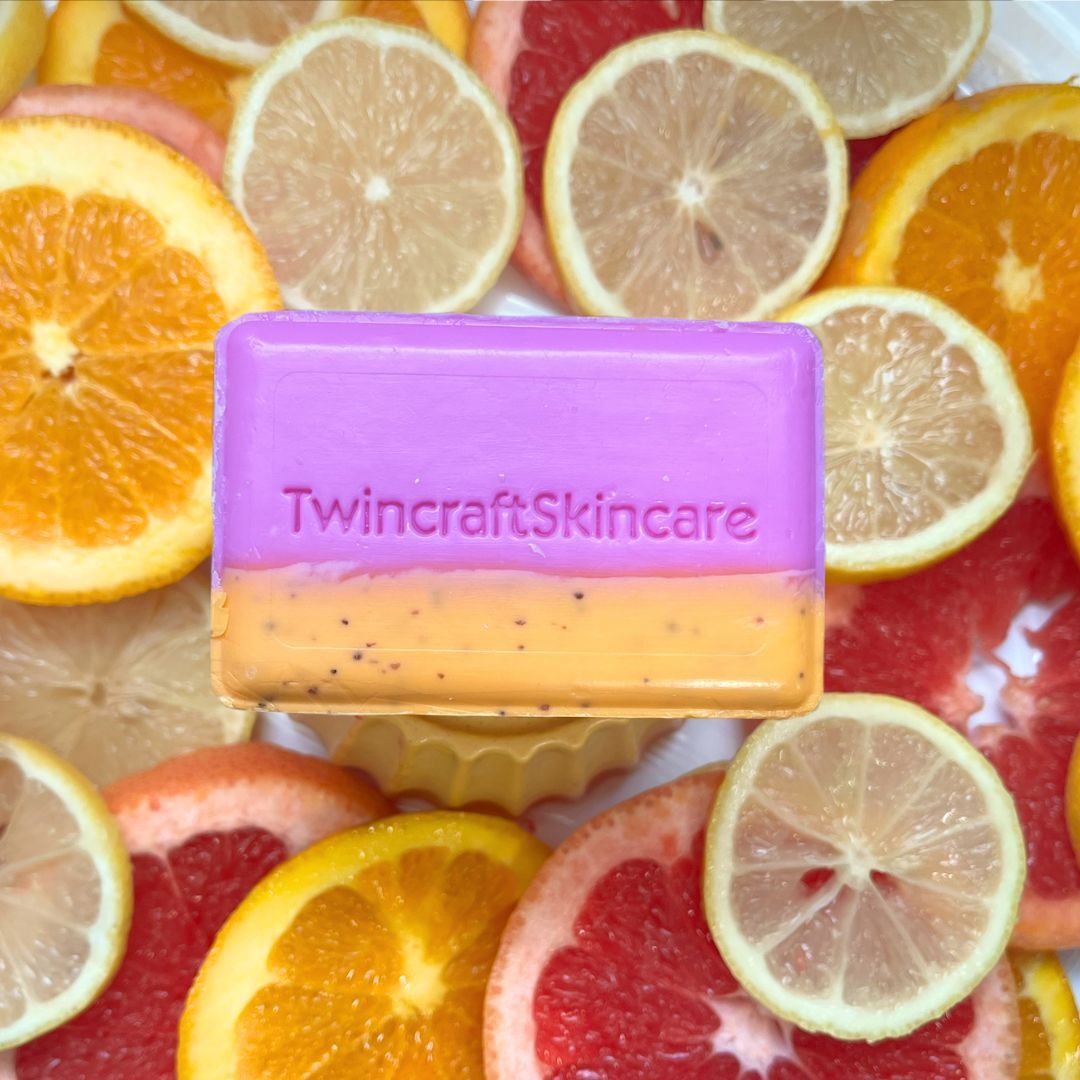
Musings on bar soap formulation from Wayne LaBonte, Twincraft Skincare’s VP of Sales & Marketing
I remember my first bar soap sale like it was yesterday. Thinking back, I wish it were yesterday, but it was October of 2006. Sure, I had made a transactional sale already, having started here in August of that year, but I don’t consider booking a reorder as constituting my first sale. To be mine, I had to develop it, with the customer from start to finish.
That customer was Numark Labs (now DSE Healthcare), their brand was Conti Castile, and our sequential formula number was #24340. I’m proud to say we still count DSE among our customers. Fast forward fourteen years, and we’re now churning out formula number #37705. That’s 13,365 unique formulas over the span of my soap career.
Suffice to say, while they weren’t all developed by me or for my customers, I’ve seen it all.
A Brief History of Soap
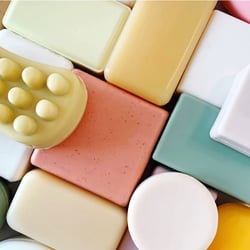 Bar soap is an interesting and historically rich product, dating back thousands of years. More recently, soap companies occupied an iconic place in our subculture as the primary sponsors of popular midcentury radio and TV dramas, referred to as “soap operas”.
Bar soap is an interesting and historically rich product, dating back thousands of years. More recently, soap companies occupied an iconic place in our subculture as the primary sponsors of popular midcentury radio and TV dramas, referred to as “soap operas”.
Today, bar soap has moved away from pop culture and lives on in two worlds that overlap in very few instances. You’re either selling a commodity soap or a specialty soap.
Commodity brands usually distinguish themselves with a low pricepoint as their primary differentiator. This segment is characterized by a lack of innovation, poor formulation, and predictable packaging choices. Specialty soap, conversely, is all about storytelling, premium fragrances and ingredients, compelling aesthetics such as color and visible additives, and smart, sustainable packaging choices.
The overlap between commodity and specialty soap offerings is defined by those few brands who have carved out a niche in the “masstige” space: prestige-quality bars available in traditional Food, Drug, Mass (FDM) retail spaces.
Here at Twincraft, the brands that we work with dominate the specialty soap market, but we also thrive in the masstige zone, avoiding commodity at all costs. We have spent nearly 50 years redefining what specialty bar soap is and, more importantly, what it can be.
Storytelling with Bar Soap Formulation
.jpg?width=250&name=Instagram%20-%20Misc%20(7).jpg) Let’s talk about storytelling as it pertains to bar soap. An effective bar soap does more than just clean you. Honestly, even the most basic commodity soap will get you as clean as any of our most premium formulas. Cleansing is table stakes.
Let’s talk about storytelling as it pertains to bar soap. An effective bar soap does more than just clean you. Honestly, even the most basic commodity soap will get you as clean as any of our most premium formulas. Cleansing is table stakes.
A great bar soap will pull you in with fragrance, appeal to you visually, wow you with foam, and artfully connect the dots between a brand’s DNA, ingredient trends, and packaging choices. Above all, it will leave your skin feeling moisturized.
As with many skincare formats, perfecting the product is all about choreography. The music must match the dance and the dancer, just as the ingredients must connect the story to the storyteller. To me, it all starts with fragrance and it ends with emolliency.
The first thing everyone does when they pick up a soap bar is smell it. The sale is made then and there. The repeat sale is made if we deliver on the promises made by the brand, but only if the end user is not left with dry, stripped skin.
There are two areas where every brand should concentrate their spending within any formulation development: fragrance & fats.
Yes, soap base selection is incredibly important, but all of our bases are designed for high performance, be they our luxurious coconut soap base, or one of our many sustainable palm oil bases. Your Sales Director and Bar Soap Formulator can assist you with choosing the right one to align with your values, your claims, and your price points. But beyond that, brands should concentrate on selecting compelling fragrances with rich top, middle, and bottom profiles, and they should load the soap bars with fats; namely, butters and oils.
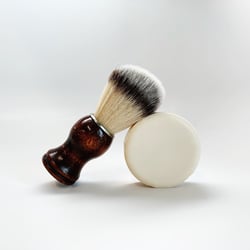 My friend and colleague, Curt Durfee, our Senior Director of Formulation, has taught me well that the name of the game here is skin deposition. Curt preaches that there are two elements that truly stick to the skin and survive the rinse in every bar soap – butters and oils.
My friend and colleague, Curt Durfee, our Senior Director of Formulation, has taught me well that the name of the game here is skin deposition. Curt preaches that there are two elements that truly stick to the skin and survive the rinse in every bar soap – butters and oils.
Butters are great because they deliver moisturization without compromising foam, and while oils are great too, they can prevent formation of bubbles if used in concentrations that are too high. There’s a balance to strike here between storytelling with your romance ingredients and actives, and whether to use butters, oils, or both.
I always suggest using a combination of both, and advise selecting the oils and butters based on the story you’re trying to tell or the brand’s ingredient heroes. Remember, active ingredients are important too, but we must weigh their cost to the bang we get for the buck. Does the active survive the rinse? If so, load it up and spend your money there. But if it doesn’t, you’re literally washing money down the drain. Unless we’re formulating an OTC treatment bar with verifiable claims, circle back, add a cost-effective amount of an active, and refocus on fragrance and hydration.
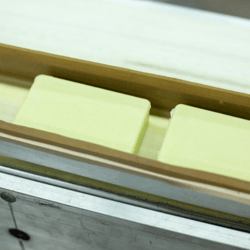 Wherever possible, powdered ingredients should be used to achieve an intended effect. We can add considerably more powder to a formula than liquid ingredients, without unintended consequences. Powdered shea butter is a great example of an ingredient that is perfectly suited for extruded bar soap.
Wherever possible, powdered ingredients should be used to achieve an intended effect. We can add considerably more powder to a formula than liquid ingredients, without unintended consequences. Powdered shea butter is a great example of an ingredient that is perfectly suited for extruded bar soap.
What happens if the liquid load isn't right? Overloading a soap bar with butters, oils, extracts, fragrances, and other wet additives may make for great storytelling, but it will prove detrimental to the overall viability of the bar because the formula itself will be either too soft to extrude and press, will wear too quickly in use, or will be easily misshapen in the hand with a gentle squeeze.
Every bar soap base has a recommended liquid load associated with it. Not all liquids are created equal, so the recommendation is a guideline, not a hard and fast rule. The idea is to strike a formulaic balance between efficacy and functionality, between wet and dry ingredients, between story and cost.
A best practice is to inch up on the liquid load tolerance, weighing the cause and effect, evaluating the performance attributes you sought versus those actually achieved. Our formulators can assist your team with the best choices for your brand.
Bar Soap & Your Brand
Bar soaps usually do best for brands as a foundational part of a skincare regimen, not as standalone SKUs, but this is not a hard or fast rule. Logic tells us that active ingredients are more easily delivered by leave-on products, and a bar soap that cleans you well, stimulates you olfactively and visually, and leaves you feeling soft and moisturized is an essential part of any routine. The soap can and should share the same or similar story as leave-on skincare, such as moisturizers or serums, but it plays its own important role in a personal care regimen, so make sure you design it to excel where it can and must.
Hopefully, I’ve got your wheels spinning, and maybe you’ve got a question or two for my team. Please reach out to us to discuss your ideas for your brand’s next bar soap development project. In the meantime, stay tuned for future musings on the difference between facial bars and body bars, soap versus soap-free formulation, and other topics that interest me here on the Twincraft Skincare blog. If I’m right, you’ll find them interesting, too.

